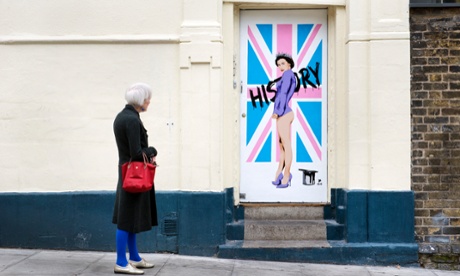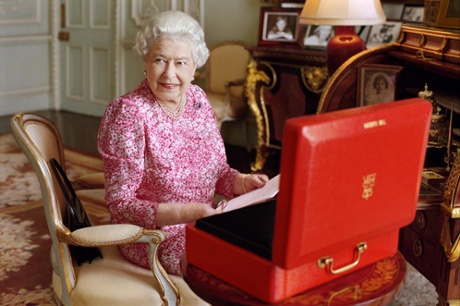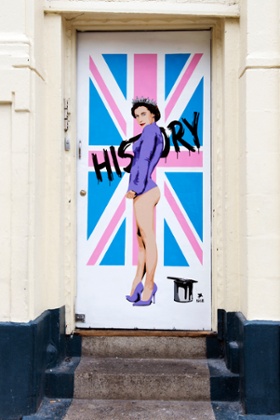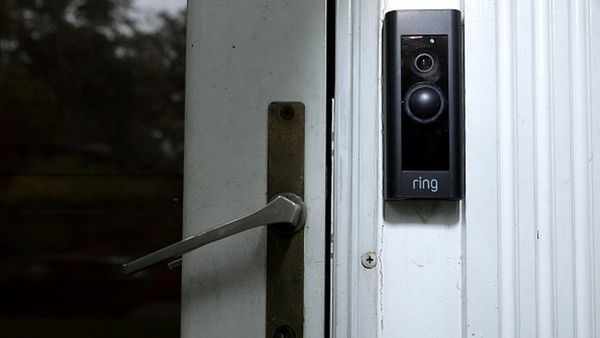
There is a new official portrait of the Queen to celebrate her becoming the longest reigning British monarch, but the photograph by Mary McCartney is not nearly as striking as the unofficial portrait a London street artist has created.
Pegasus really loves the Queen – and not all that platonically. In his fantasy painting on a bar door in Islington, a youthful image of the Queen’s face is transposed on to a long-legged body. Her bum is bare as she poses in high heels. The sexy monarch is standing in front of a union flag with the word HISTORY scrawled across it.
Has Pegasus been disrespectful? Of course not. Utterly tasteless as it may be, his tribute to Her Majesty is not only passionately patriotic and rampantly royalist, it is an insight into the continuing success of the British monarchy as a popular institution that binds a modern democracy together.

The Queen’s uniquely long reign encompasses the entire rise of modern popular culture. When she was crowned, the kids were getting out their skiffle boards. Swinging London, psychedelia, pop art and punk all happened on her watch. In 1965 she met the Beatles to award them all MBEs – a sign of cultural revolution at the time that has since become practically routine for creative innovators. From Peter Blake’s love of British folk ephemera and portrayal of Her Majesty to the flagwaving of 90s Britpop, the monarchy has found itself benignly reflected in pop culture and by pop art that embraces patriotic iconography.

The exception of course was 1977, when Jamie Reid portrayed the Queen with a safety pin through her nose and swastikas for eyes. But in retrospect, even that seems ambivalent and secretly affectionate: nowadays the punk image of Elizabeth II seems like just another pop portrait to set alongside Andy Warhol’s camp silkscreen and this latest loving outrage by Pegasus.
Whether it’s safety pins in 1977 or stilettos in 2015, alternative portraits of the Queen are the inventive underground answer to what has mostly been a very dull series of official portraits. Given how long she has reigned, it is a shame that so few commissioned portraits have any real artistic merit. Only Lucian Freud’s weary, Lear-like head of the ageing monarch and Cecil Beaton’s gloriously dreamlike 1953 coronation portrait are memorable. An excessive concern for propriety has made most official portraits of Britain’s longest reigning monarch deadly dull. The new photograph by Mary McCartney is no exception.
It is in the popular imagination that Queen Elizabeth II truly lives. The alternative royal image in pop art – be it punk or pin-up – shows that. In celebrating the Queen in the style of Jamie Reid and Andy Warhol, Pegasus reminds us how deeply the monarchy is entwined with British pop culture. The Queen has become part of this country’s post-imperial self-invention. From Beatles with MBEs to a monarch stripped bare by her artists, even, there is a deep love affair between popular culture and the crown. A British Republic? At this point it seems about as likely as the Queen really taking off her clothes in the street.







